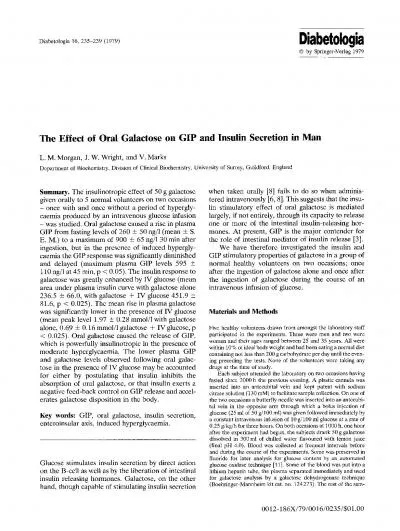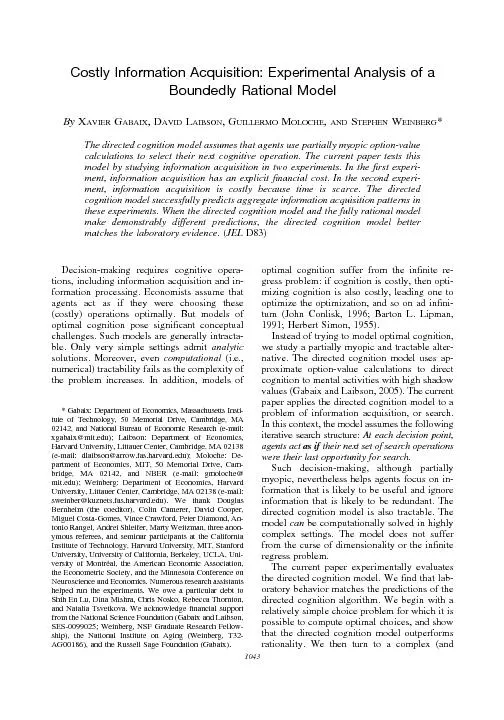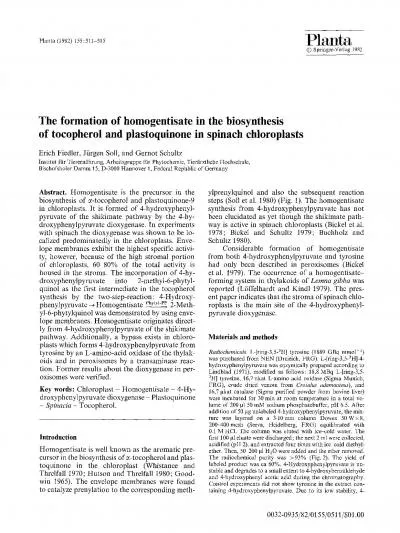PDF-by SpringerVerlag 1979
Author : evans | Published Date : 2022-09-23
16 235239 1979 Effect of Oral Galactose on GIP and Insulin Secretion in Man M Morgan J W Wright and V Marks Department of Biochemistry Division of Clinical Biochemistry
Presentation Embed Code
Download Presentation
Download Presentation The PPT/PDF document "by SpringerVerlag 1979" is the property of its rightful owner. Permission is granted to download and print the materials on this website for personal, non-commercial use only, and to display it on your personal computer provided you do not modify the materials and that you retain all copyright notices contained in the materials. By downloading content from our website, you accept the terms of this agreement.
by SpringerVerlag 1979: Transcript
Download Rules Of Document
"by SpringerVerlag 1979"The content belongs to its owner. You may download and print it for personal use, without modification, and keep all copyright notices. By downloading, you agree to these terms.
Related Documents














